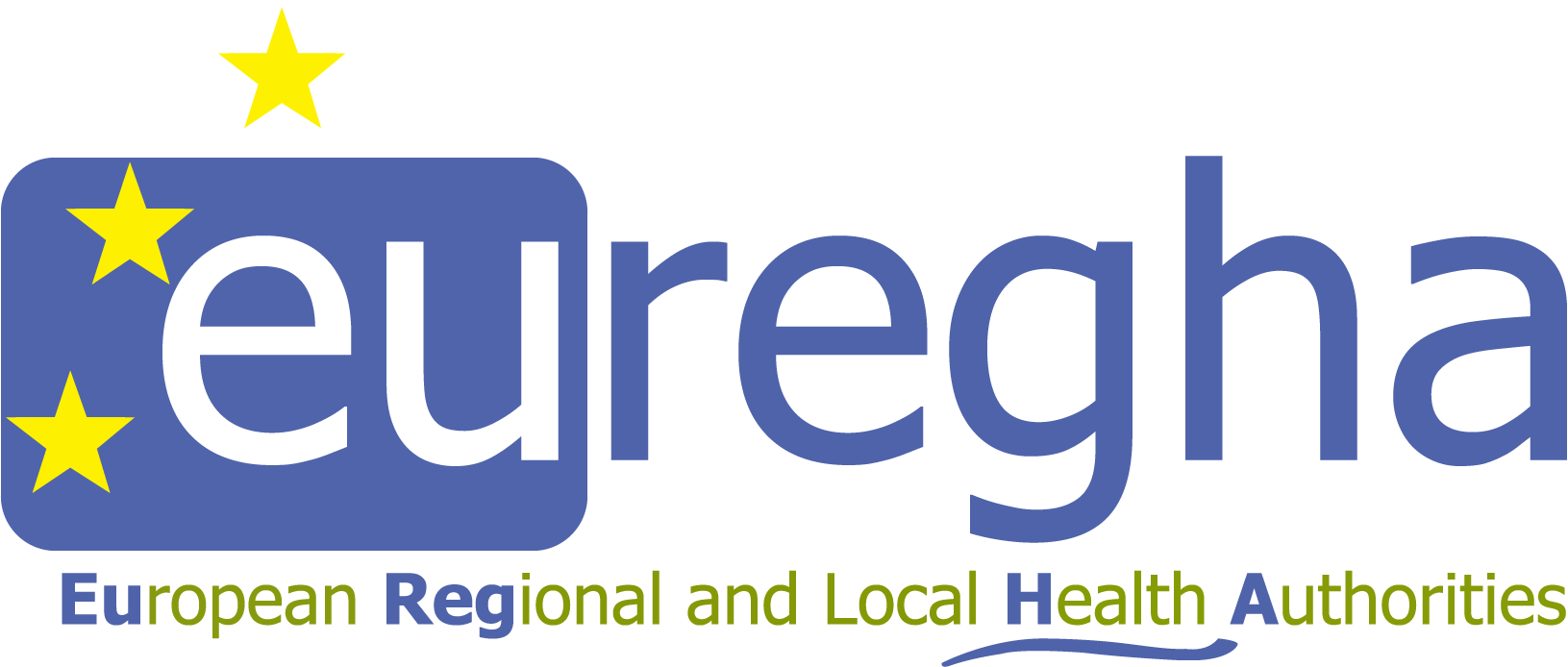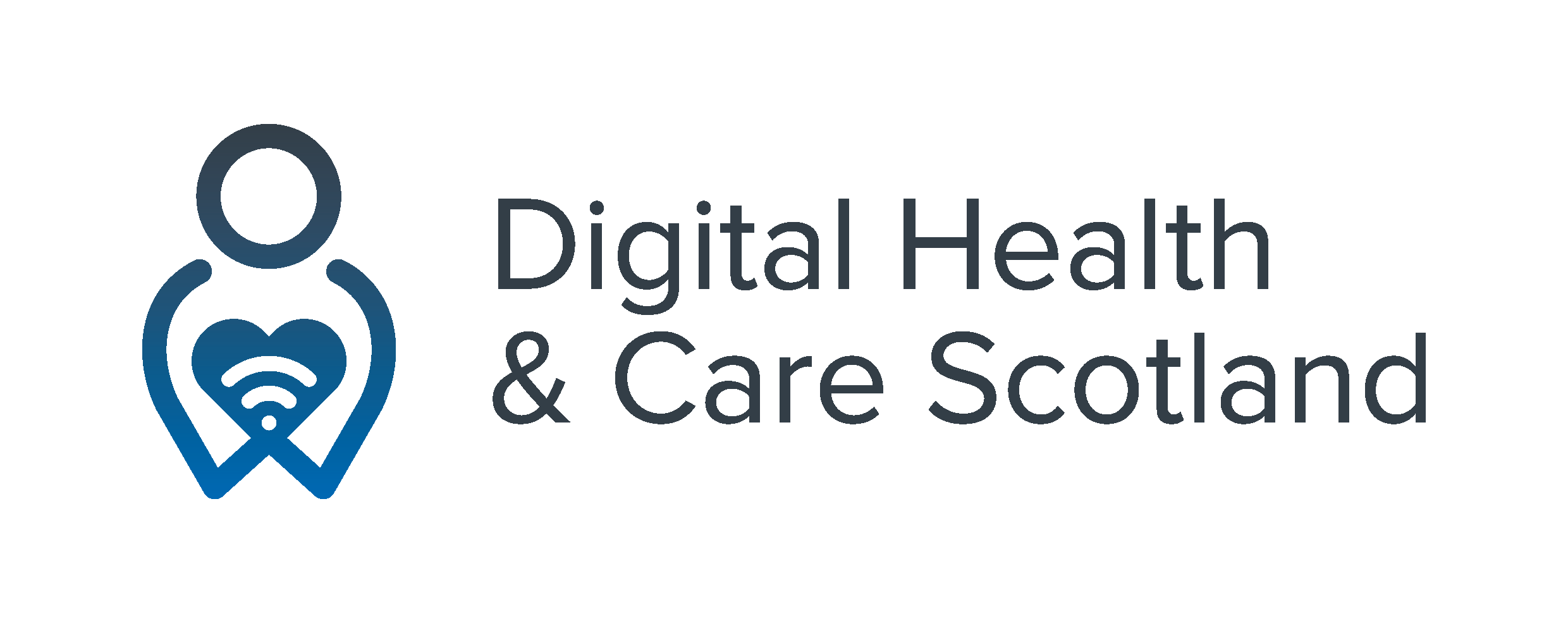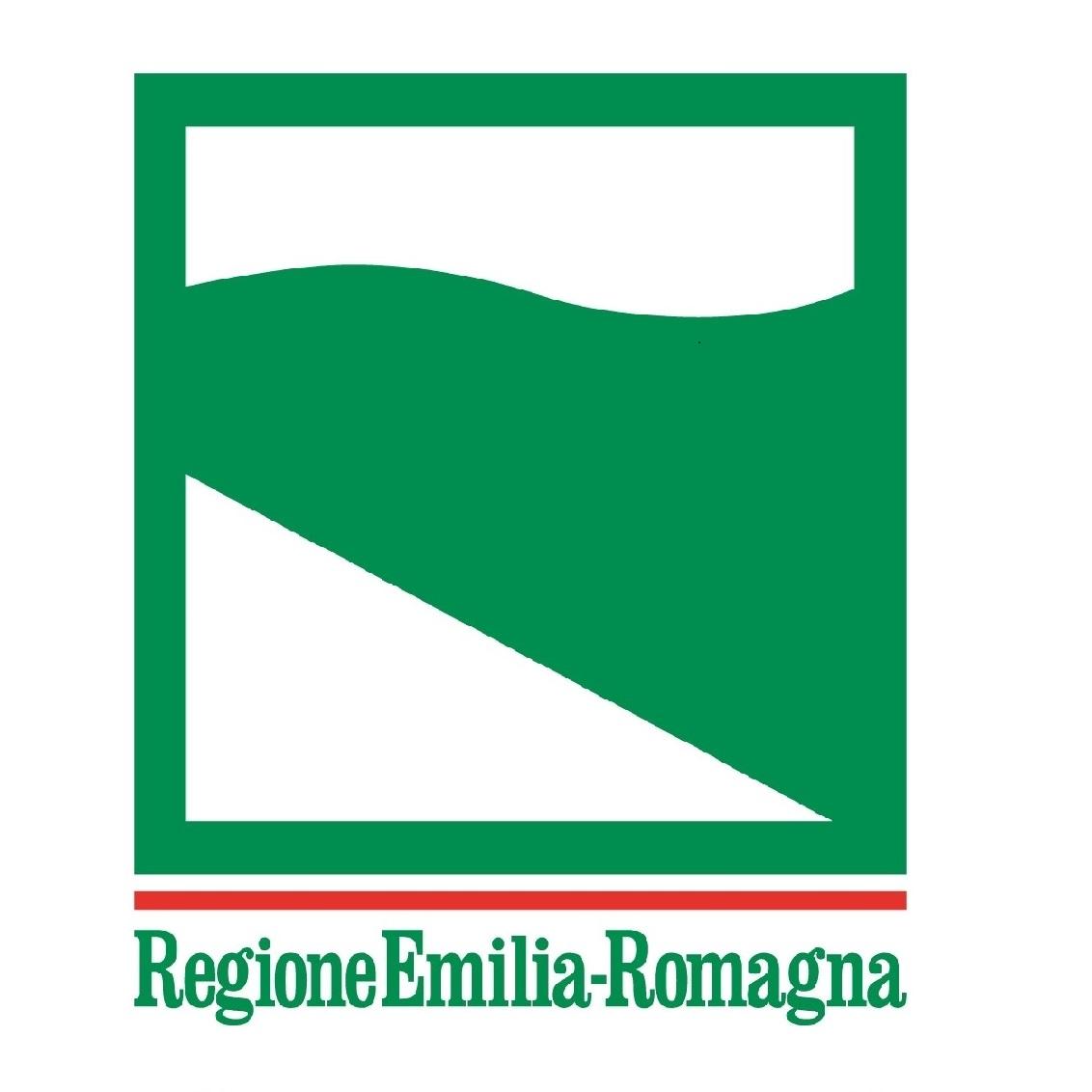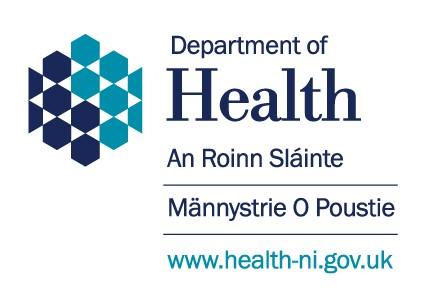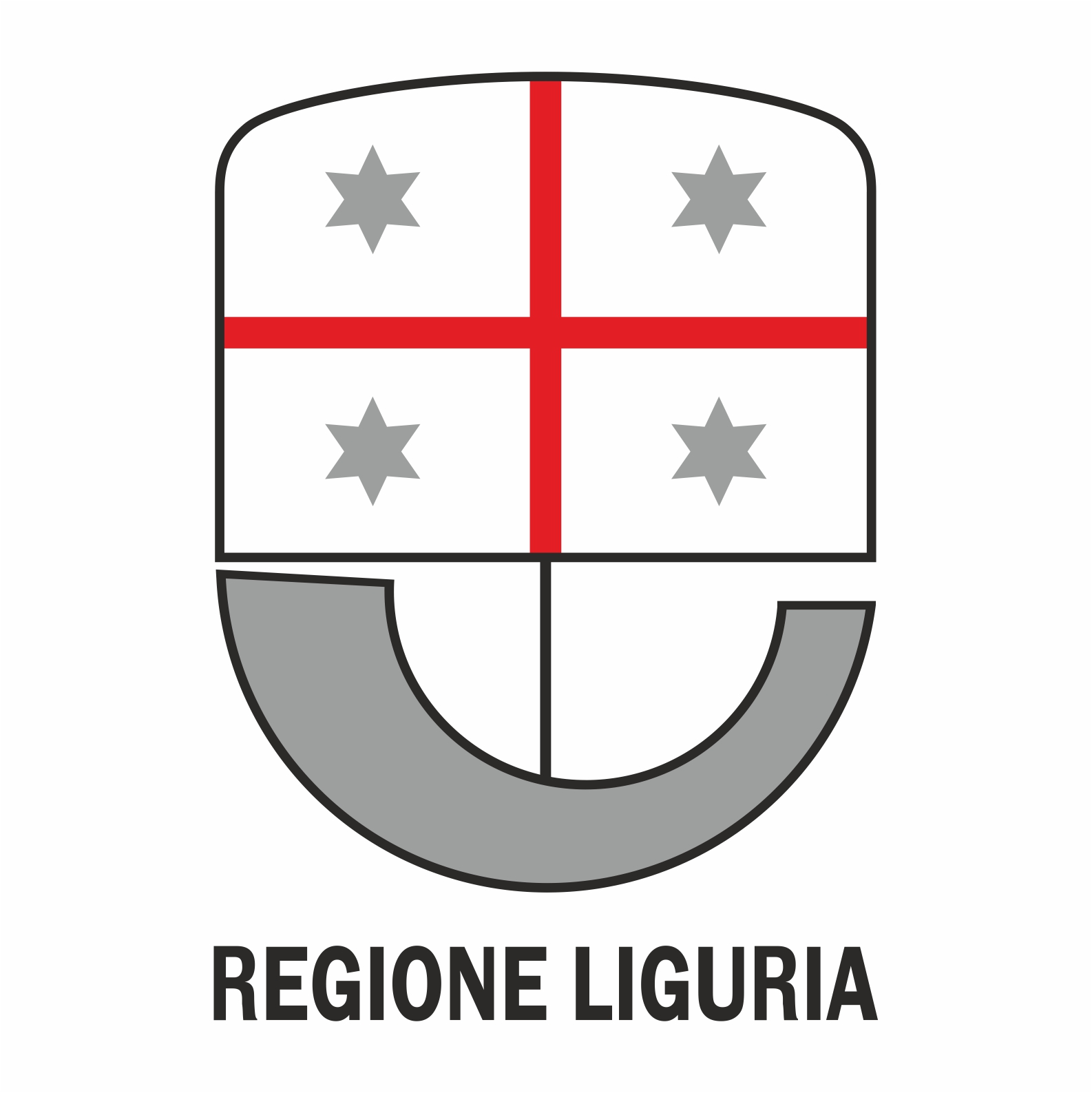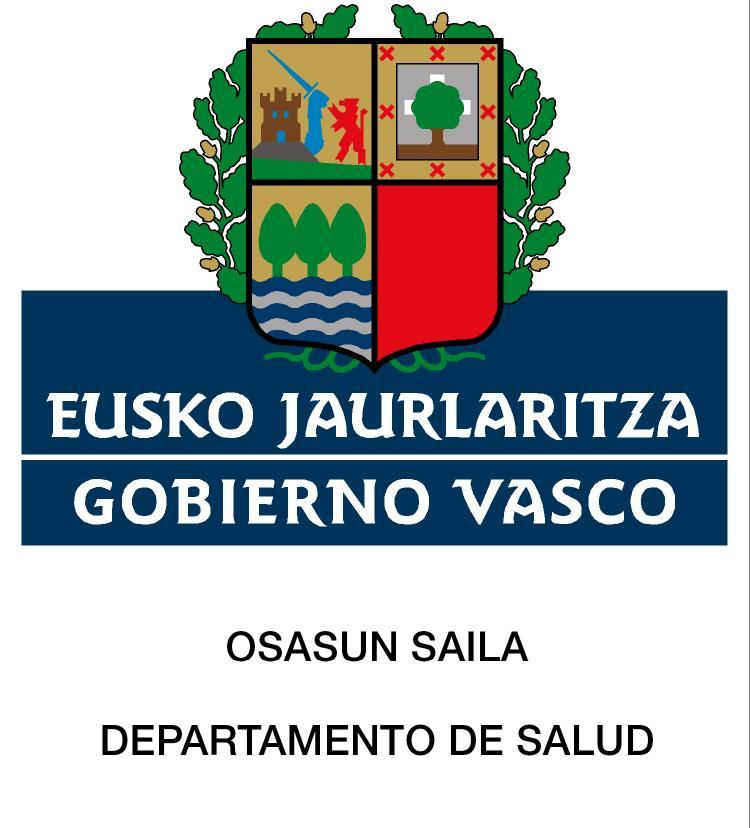HEALTH IN ALL REGIONS
EUREGHA’S position on the Future of Health in Europe beyond 2020The context
The EU has a fundamental role to play in improving public health systems. It provides health stakeholders with an effective framework for cooperation, concrete guidelines and a platform for exchange of good practices and knowledge.
The negotiation for the approval of the legislative package for the next programming period, 2021-2027, the upcoming European elections and the appointment of the new European Commission are crucial opportunities to reinforce the coordinated action at EU level in the health domain, particularly where the EU added value is demonstrated.
A clear example of the EU added value is the Directive 2011/24/EU on patients’ rights in cross-border healthcare. Adopted in 2011, it was an important step forward for European health policies, responding to the needs of EU citizens. The effectiveness of the directive varies between Member States and regions and more needs to be done to overcome some of the challenges, for example related to documentation, translation and equal access. Nevertheless, the directive ensures patients’ rights to access safe and high-quality healthcare across national borders in the EU and their right to be reimbursed for such healthcare. Other examples of the EU added value in the field can be found in the work related to ageing, management of health crisis, chronic diseases and cooperation on rare diseases.
There are a lot of new challenges and opportunities in the health sector which can be better tackled at EU level, such as ageing society, person-centered healthcare systems, eHealth, mHealth, health inequalities, migration, disease prevention and health promotion, chronic diseases, personalised medicine, antimicrobial resistance, to name only a few.
Moreover, in a context of demographic change, financing rising healthcare costs and equal access to a dignified and independent life for the ageing population will be central to the political debate.
Even though healthcare within the European Union is predominantly a competence of the Member States, regions and local authorities share responsibilities and competencies in the sector.
Therefore, sub-national authorities have a vital supportive role to play in collaboration with the European Commission, the European Parliament, and the Member States in achieving the overarching objective of improving health for all European citizens and achieving the UN Sustainable Development Goals in the EU.
The approach
In order to rightly develop and implement the future EU health policies and programmes and guarantee health in all regions, it is important to strengthen the multilevel governance approach in the area of health by:
- Creating new strategic partnerships between the EU and regional and local authorities. Without the concordance of the correct competent authorities (very often sub-national authorities), the danger is that generic solutions will be applied in situations (towards end-users, communities, vulnerable/’hard-to-reach groups’) where a specific understanding of the context is required. Therefore, it is essential that the appropriate competent authorities are involved, as much as feasible, to ensure effective and targeted implementation;
- Reinforcing the multi-stakeholder partnerships with the civil society, academia and the industry, where appropriate and where additional value can be found. It is necessary to create physical platforms at EU level to allow policy-makers, health and social services, civil society, and international actors (such as the World Health Organisation) to discuss and reflect on the current state of the art in policy-making, thus fostering an environment of positive and interactive networking.
The objectives
Such renovated partnerships should join forces to:
- Invest in innovative health policy making: shifting to a value-based approach. Evidence shows that the relationship between healthcare expenditure and health outcomes is not linear: the greater the expenditure, the lower the marginal improvement in health status. Therefore, a new approach is needed. Value is defined as a function of outcomes and costs. To achieve high value, we must deliver the best possible outcomes in the most efficient way, outcomes which matter from the perspective of the individual receiving healthcare. To increase ‘allocative value’ it is necessary to transfer investment from budgets where there is low value or overuse to budgets where there is evidence of higher value or underuse. In this context it is also necessary to discuss reimbursement systems and patient rights, to ensure the creation of the right incentives for developing future technologies and treatments that focus on keeping the population healthy;
- Tackle health inequalities. Broader socioeconomic health determinants, in addition to health-related behaviours, genetic predisposition, gender and psychosocial factors influence the distribution of risk among population groups and contribute to creating health inequalities. Risk factors of major diseases that can be measured through health equity assessment tools cannot be seen as a specific challenge of the health sector, since they have an impact on other sectors as well. Reducing health inequalities is a public health priority and an ethical imperative that requires a substantial coordination among European, national and regional policy makers. It is essential to prioritise a “Health in all policies” approach in order to address complex policy problems, such as divergent health outcomes and health inequalities, where cause and effect are not clear and solutions require interdependent efforts;
- Ensure health promotion and prevention: shifting from a drug approach to behavioral changes. Investing in health education means prevention and health promotion, and it is key to reducing health inequalities. Fostering a behavioral change would result in re-allocating resources into primarily community-oriented services, thus reducing hospital admissions and ensuring more hospitals available for actual needs. The health outcomes would be then based not only on hospital services but on the overall community approach, i.e. a whole-system approach to outcomes-based healthcare where the right incentives for prevention are created. The EU could support this shift through the application of the new technologies, EU training and communication campaigns, up-scaling best practices and sharing information rapidly. It is important to connect this process with efforts in other areas such as social issues, health in the workplace and schools;
- Foster integrated care to offer a service that is closer to the citizen. It is of utmost importance to develop territorial and community health-care services by strengthening the role of primary health care facilities as a strategic hub for health and social integration, fostering prevention, promotion and equity, participation, quality and proximity of care. Integrated care can also involve the integration of services within a hospital and between clinics, which is particularly important for older people with multimorbidity. To this end, regions play a key role in the governance of health research, as they can improve the connection and translation of research results into innovative health policy. Functioning risk stratification models should be made available in health management at local and regional level;
- Innovate health in order to take full advantage of the opportunities provided by the digital revolution and technological innovations by engaging all local stakeholders, users and patients in a participatory process that keeps the person at the centre. Digital health should support health promotion, meet citizens’ needs and improve the quality of care to European citizens, while ensuring data security. Moreover, new technologies should not become an added exclusion factor, especially of vulnerable groups, but a tool to overcome health inequalities. To ensure all that, it is crucial that eHealth is included in health policy and strategic planning, especially at regional and local level.
- Invest in border regions. There is a specific need for growth in border areas, home to 30% of the European population. The socio-economic development of these regions is often hampered because of their peripheral location and the differences in legislation compared to their neighboring countries. Border regions experience hindrance of free movement of labor and services which leads to disadvantages in the economic, social and cultural development. In addition, all these factors significantly affect healthcare systems in border regions. The geographical working area for enterprises and their markets (especially in the case of SMEs), healthcare providers and institutions, skills and training services for the workforce, educational institutions and regional governments often encounter more obstacles than in non-border regions, which makes the delivery of healthcare less efficient. Furthermore, citizens are limited in their choice of and accessibility to health care and there is less room for cooperation in the healthcare field. This is why a stronger collaboration among border regions is needed in order to strengthen the socio-economic condition of border areas. Creating the right infrastructural environment is instrumental to the prosperity of any region and this is particularly the case in border areas, where the need to connect cities and infrastructures is crucial.
The tools
To achieve the above-mentioned objectives, investments and exchange of practices at EU level in the health and well-being sector are key and must be done particularly through:
- Cohesion policy: with 6000 health-related projects financed through the European Structural and Investment Funds in the period 2014-2020, the Cohesion Policy showed its crucial contribution to supporting social and economic convergence across Europe. For this reason, the Cohesion Policy should be allocated sufficient resources in the future programming period, as it represents a long-term investment tool for all regions and cities in Europe. With regard to cross-border cooperation, the INTERREG programme should be used as an instrument to build a strategic vision on health in border areas. Moreover, the actions financed under the Cohesion Policy should be strictly coordinated with actions financed under other instruments such as the Digital Europe Programme, bearing in mind that Smart Specialisation Strategies represent strategic instruments for planning and harmonizing all the different resources and opportunities;
- European Social Funds Plus: the inclusion of the future EU Health Programme within the ESF+ Regulation stresses the cross-sectoral value of health. A better coordination among EU health, cohesion, employment and social policies and programmes is welcomed. The ESF should continue to pursue its objectives towards economic and social cohesion in Europe and, when feasible, be more closely aligned with the European Semester. This is why primarily, the ESF+ should be linked to the achievements of the European Pillar of Social Rights. As for the health strand, in order for it to be effective and to have a demonstrable, lasting impact, the programme must find ways to engage and encourage the active, voluntary participation of the competent authorities within the Member States for the specific health policies in hand, whilst respecting Treaty obligations and the role of Member States as the primary interlocutor in the EU decision-making process. This entails that the ambition to secure EU added value for innovative and sustainable health policies cannot be realised without the engagement of the competent authorities for the policies concerned. Regional and local authorities should find ways to effectively cooperate with the Steering Group on Health Promotion, Disease Prevention and Management of Non-communicable Diseases and other relevant EU decision-making bodies;
- Horizon Europe: as the main programme for research and innovation, it foresees the inclusion of the ‘Health’ cluster in the ‘Global Challenges and Industrial Competitiveness’ pillar. However, it shall be noted that, considering the challenges, threats and opportunities that lie within the “Health” cluster, it has a smaller budget compared to the others;
- European Innovation Partnership on Active and Healthy Ageing (EIP-AHA): it showed the added value of mobilizing a variety of stakeholders in the value chain, under the European Commission guidance, focusing on a set of shared priorities. The EIP on AHA network now constitutes an eco-system that has enabled and facilitated, for participating reference sites, the search for partners and new solutions to the challenges that face our health care systems. The principles and the process of this positive experience should be replicated also in the future and be reinforced with EU support;
- Increased synergies with EU programmes and new tools: health policies and innovation should also be supported in synergy with other EU instruments such as the Connecting Europe Facility, the Digital Europe Programme, the LIFE programme, InvestEU etc. New public procurement for innovation and other tools such as social impact bonds and crowdfunding for health should be fostered and promoted.
- A permanent physical forum of consultation is needed, especially when it comes to working in a more comprehensive and holistic manner. The forum should have a bottom-up approach but work under the guidance of DG SANTE. To ensure a renovated EU commitment towards the health challenges, it would be important to have health contact points in every Directorate-General. The coordination work of these contact points, together with several committed stakeholders, could steer the work of the forum. The above-mentioned initiative needs to be supported at political level by a Commissioner for Health leading a strong DG SANTE and possibly a Vice-President of the new Commission.
The signatories:
Cristian-Silviu Buşoi, Member of the European Parliament – ENVI Committee
Biljana Borzan, Member of the European Parliament – ENVI Committee
Alojz PETERLE, Member of the European Parliament – ENVI Committee
